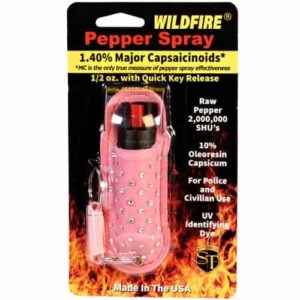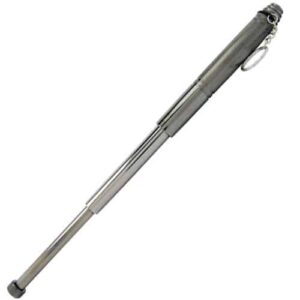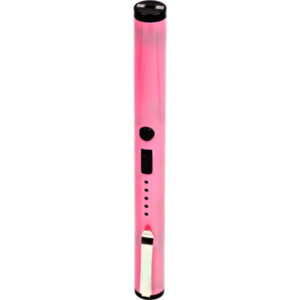Imagine a situation where you find yourself in a precarious encounter with an aggressive person. You instinctively reach for your canister of pepper spray, knowing its potential to temporarily incapacitate an assailant. But what impact does pepper spray really have? In this thought-provoking case study, we take a closer look at the effects of pepper spray use, examining its effectiveness, short-term consequences, and considering the ethical implications surrounding its deployment. Get ready to dive into the world of pepper spray and uncover the truth behind its impact.
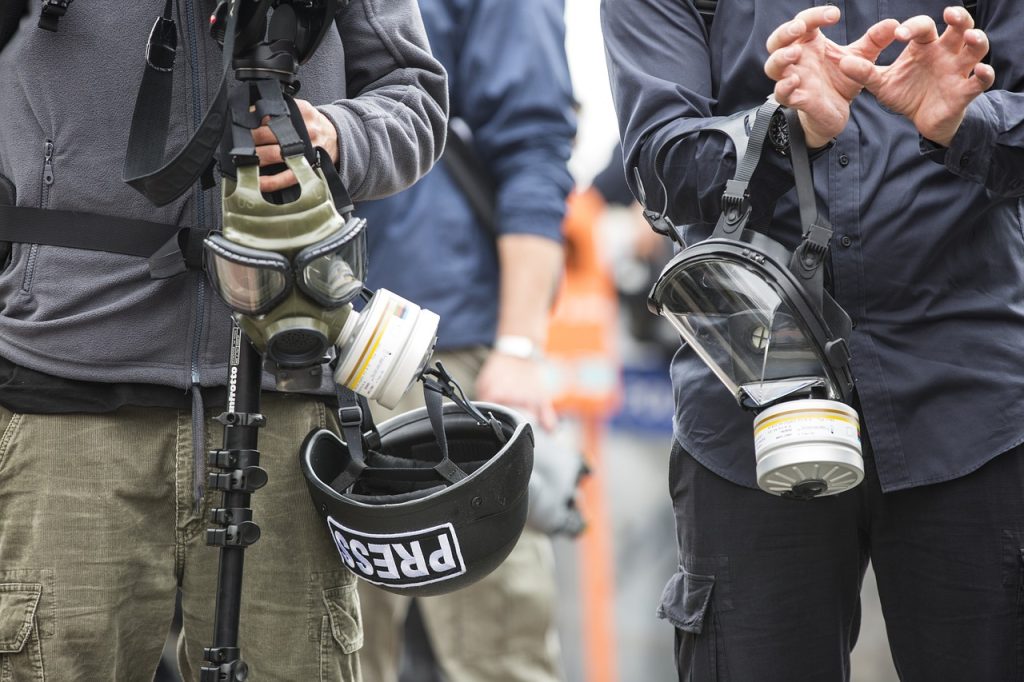
Table of Contents
ToggleIntroduction
Pepper spray, also known as OC spray or capsicum spray, is a widely used self-defense tool that can temporarily incapacitate an individual. In recent years, it has gained significant attention due to its potential health risks and ethical considerations. This article aims to provide a comprehensive overview of pepper spray, including its composition, uses, legal and ethical considerations, as well as its psychological and physical effects on both the target and society.
Overview of Pepper Spray
Definition
Pepper spray is a non-lethal aerosol spray containing capsaicin, a chemical derived from chili peppers. It is designed to irritate the eyes, skin, and respiratory system of an attacker, providing a brief window of opportunity for the victim to escape or seek assistance. The active ingredient in most pepper sprays is oleoresin capsicum (OC), which is highly effective in causing temporary incapacitation.
Composition
The composition of pepper spray usually consists of OC, a propellant, a dye to mark the target, and an agent to enhance the adhesion of the spray to the target’s face or clothing. The concentration of OC can vary, with higher concentrations resulting in more potent effects. While the spray is predominantly used for self-defense purposes, it is crucial to note that law enforcement agencies also employ it as a tool to subdue violent individuals.
Uses and Applications
Pepper spray finds its applications primarily in self-defense situations, such as personal safety, home protection, or protection against animal attacks. It is small, portable, and easy to use, making it a popular choice among individuals who desire a non-lethal form of defense. Furthermore, law enforcement officers often rely on pepper spray as an affordable and less lethal alternative to firearms when controlling unrest or arresting resistant individuals.
Legal and Ethical Considerations
Laws and Regulations
The legality of pepper spray varies across different jurisdictions. In many countries, possession and use of pepper spray are legal for self-defense purposes, while others tightly regulate its availability and use. It is important to consult local laws and regulations to determine the legality of pepper spray in a specific area. Additionally, some areas may require permits or impose restrictions on its purchase, possession, and use.
Controversies and Debates
The use of pepper spray has sparked numerous ethical debates. Critics argue that it can be easily misused or abused, leading to unnecessary harm or severe injuries. There have been instances where individuals, including law enforcement officers, have used pepper spray inappropriately or excessively. Such incidents have resulted in questions regarding the appropriateness of pepper spray as a non-lethal tool and its potential for misuse.
Case Study: Incident Description
Background Information
In a recent incident, a peaceful protest turned chaotic when law enforcement officers deployed pepper spray to disperse a crowd. The incident unfolded in downtown Cityville, where protestors were calling for social justice and an end to police brutality. The use of pepper spray raised significant concerns and generated intense public scrutiny.
Timeline of Events
The protest began peacefully in the morning, with speakers addressing the crowd and participants expressing their grievances. As the day progressed, tensions escalated between the protestors and law enforcement, leading to confrontations. In the late afternoon, as the situation grew more volatile, the officers made the decision to deploy pepper spray, causing chaos and panic among the protestors.
Parties Involved
The incident involved both the protestors and law enforcement officers. The protestors sought to exercise their rights to peaceful assembly and freedom of speech, expressing their concerns about social injustice. On the other hand, law enforcement officers were responsible for maintaining public order and security, which they believed necessitated the use of pepper spray as a means of crowd control.
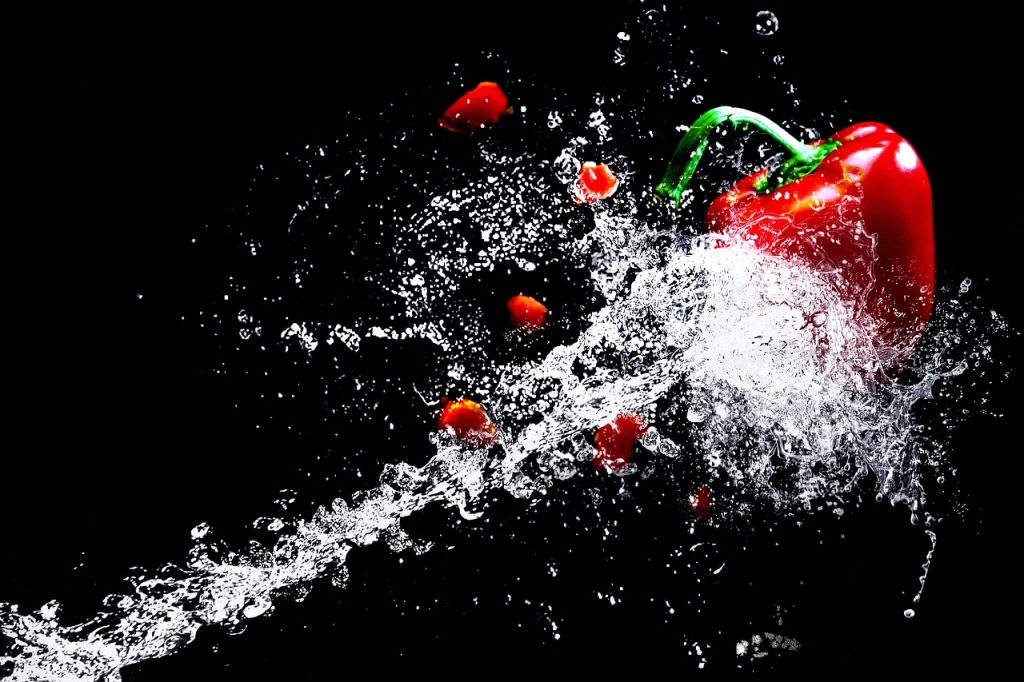
Immediate Impact
Physical Effects on Target
Pepper spray induces numerous physical effects on the target. When exposed to the spray, the eyes become irritated, resulting in severe pain, temporary blindness, and excessive tearing. Additionally, the spray causes the skin to burn and itch intensely, leading to discomfort and difficulty breathing. These physical effects are intended to incapacitate the target temporarily, providing an opportunity for escape or intervention.
Immediate Consequences
The immediate consequences of pepper spray use include disorientation, temporary incapacitation, and the inhibition of the target’s ability to see or breathe. These effects can be particularly distressing and may hamper the individual’s capacity to respond effectively to their surroundings. Moreover, the use of pepper spray in crowd control situations can escalate tensions and increase the likelihood of further conflicts between law enforcement and protestors.
Psychological Effects
Fear and Panic
Being exposed to pepper spray can elicit intense fear and panic reactions in individuals. The sudden and overwhelming pain, combined with the inability to see or breathe properly, can lead to feelings of helplessness and vulnerability. This psychological impact can cause individuals to reflexively respond with panic, potentially exacerbating the overall chaos and making it harder to ensure the safety of both the targets and the law enforcement personnel involved.
Trauma and PTSD
Pepper spray incidents can have long-lasting psychological consequences, including trauma and post-traumatic stress disorder (PTSD). Individuals who have been exposed to pepper spray may experience persistent anxiety, nightmares, flashbacks, and other trauma-related symptoms. The fear of going out in public or participating in future protests can significantly impact their overall well-being and quality of life, requiring appropriate support and treatment.
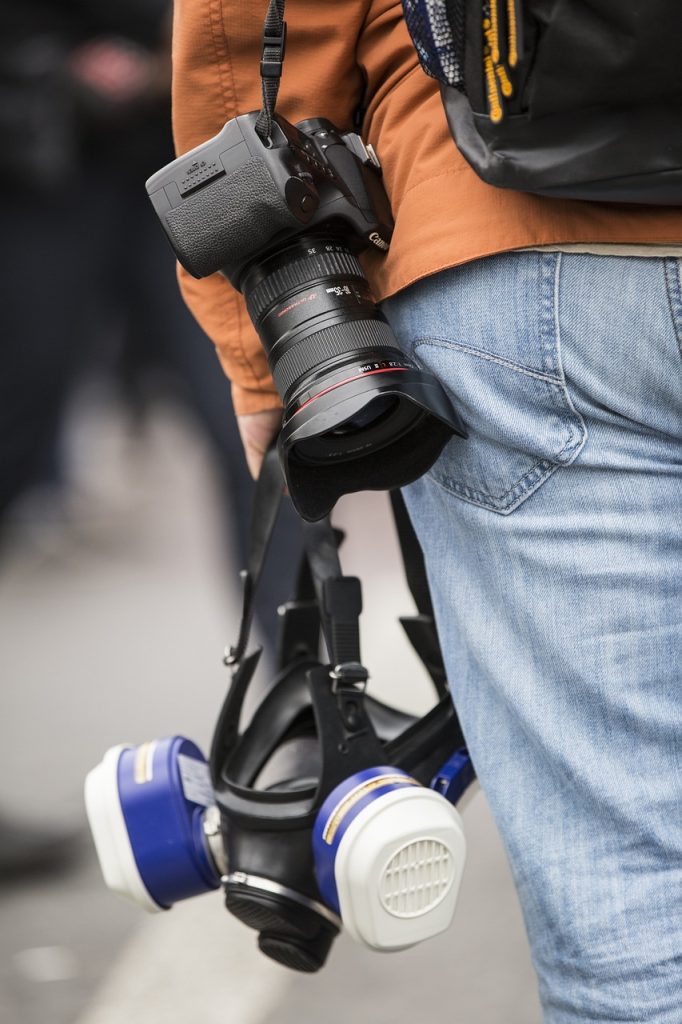
Long-Term Physical Effects
Respiratory Issues
Exposure to pepper spray can lead to long-term respiratory issues, especially in individuals with pre-existing respiratory conditions such as asthma. The inhalation of pepper spray can cause difficulty breathing, coughing, and wheezing, potentially triggering asthma attacks or exacerbating existing respiratory problems. These effects can persist beyond the immediate exposure and require medical attention and ongoing management.
Eye Injuries
The eyes are particularly vulnerable to injury when exposed to pepper spray. Prolonged or repeated exposure can lead to corneal abrasions, conjunctivitis, and other eye-related complications. These injuries can range from mild irritation to severe damage, necessitating medical evaluation and treatment. Eye protection is crucial when pepper spray is used, not only to limit physical harm but also to minimize long-term consequences to the targets’ vision.
Skin Reactions
Pepper spray can cause significant skin reactions, including burns, itching, and redness. In individuals with sensitive skin or allergies, these reactions can be more severe and long-lasting. The physical discomfort and potential scarring resulting from direct contact with pepper spray further underline the importance of prompt medical attention and appropriate aftercare.
Social and Legal Consequences
Public Outcry and Protests
The use of pepper spray, particularly in situations like the protest incident, often triggers public outcry and protests. Citizens who believe that the use of pepper spray was excessive or inappropriate may take to the streets to voice their concerns and demand accountability. The collective anger and dissatisfaction with the handling of such incidents can fuel larger movements and calls for police reform and changes in law enforcement practices.
Legal Actions and Accountability
Pepper spray incidents can result in legal actions against law enforcement officers or other individuals responsible for its use. Civil lawsuits may allege excessive force, assault, or violations of human rights. The legal actions not only hold individuals accountable but also serve to deter future misuse or abuse of pepper spray, raising awareness about the consequences of its inappropriate or excessive use.
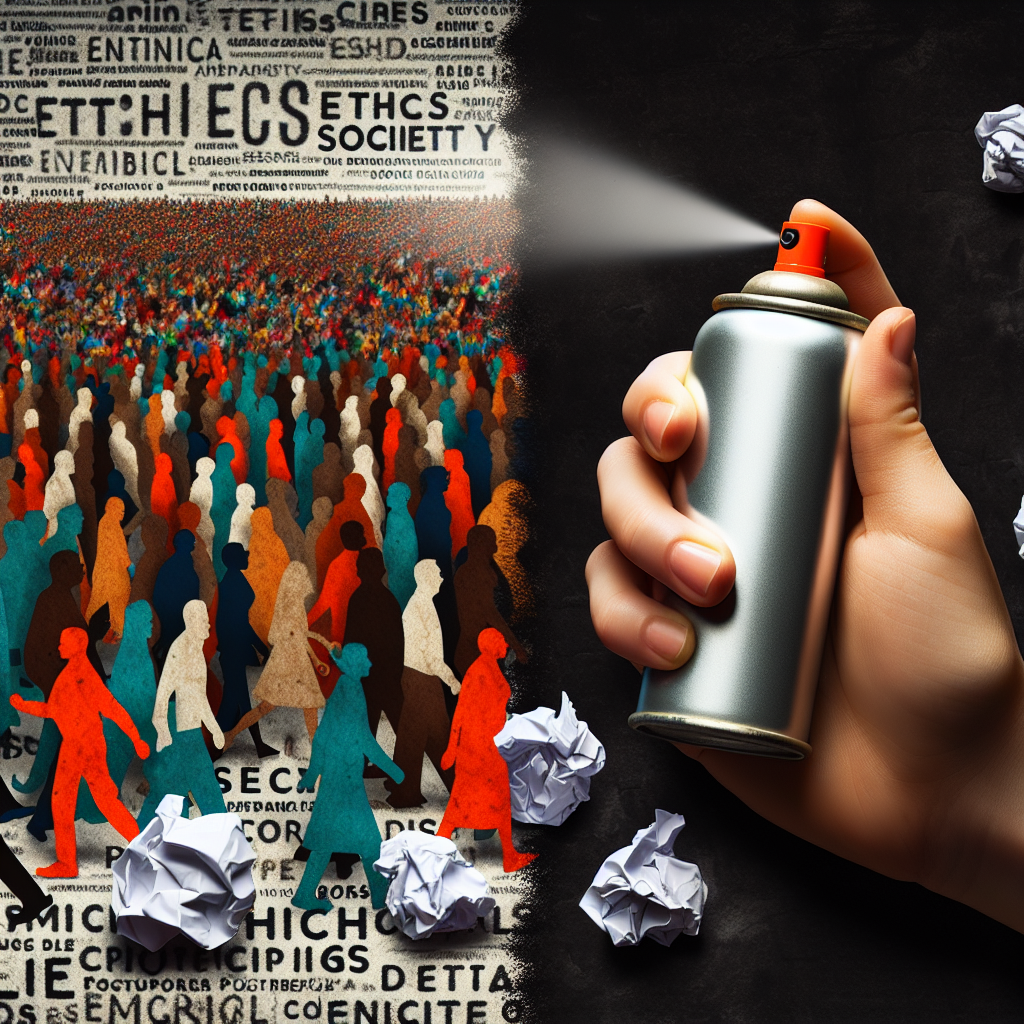
Role of Media
Coverage and Sensationalism
The media plays a significant role in shaping public perception and understanding of pepper spray incidents. Coverage of these incidents often focuses on the dramatic and chaotic aspects, which can lead to sensationalism. The graphic images of people in distress, coupled with emotionally charged narratives, tend to draw attention and sympathy from the public, fostering a broader discussion about the use of pepper spray and its potential risks.
Impact on Public Perception
Media coverage of pepper spray incidents can influence public perception and attitudes towards its use. The graphic portrayal of the physical and psychological effects can create a heightened sense of concern and outrage among viewers. As a result, public perception may shift towards increased scrutiny, regulation, or even complete bans on the use of pepper spray, both by law enforcement and individuals.
Conclusion
Pepper spray is a widely used tool for self-defense and crowd control, but its use raises important legal, ethical, and health concerns. While it can provide a temporary means of incapacitation and personal safety, its potential for misuse, excessive force, and long-term physical and psychological effects must be carefully considered. Through a comprehensive understanding of the impact of pepper spray, society can work towards striking a balance between personal safety and the responsible use of this tool in various contexts.



